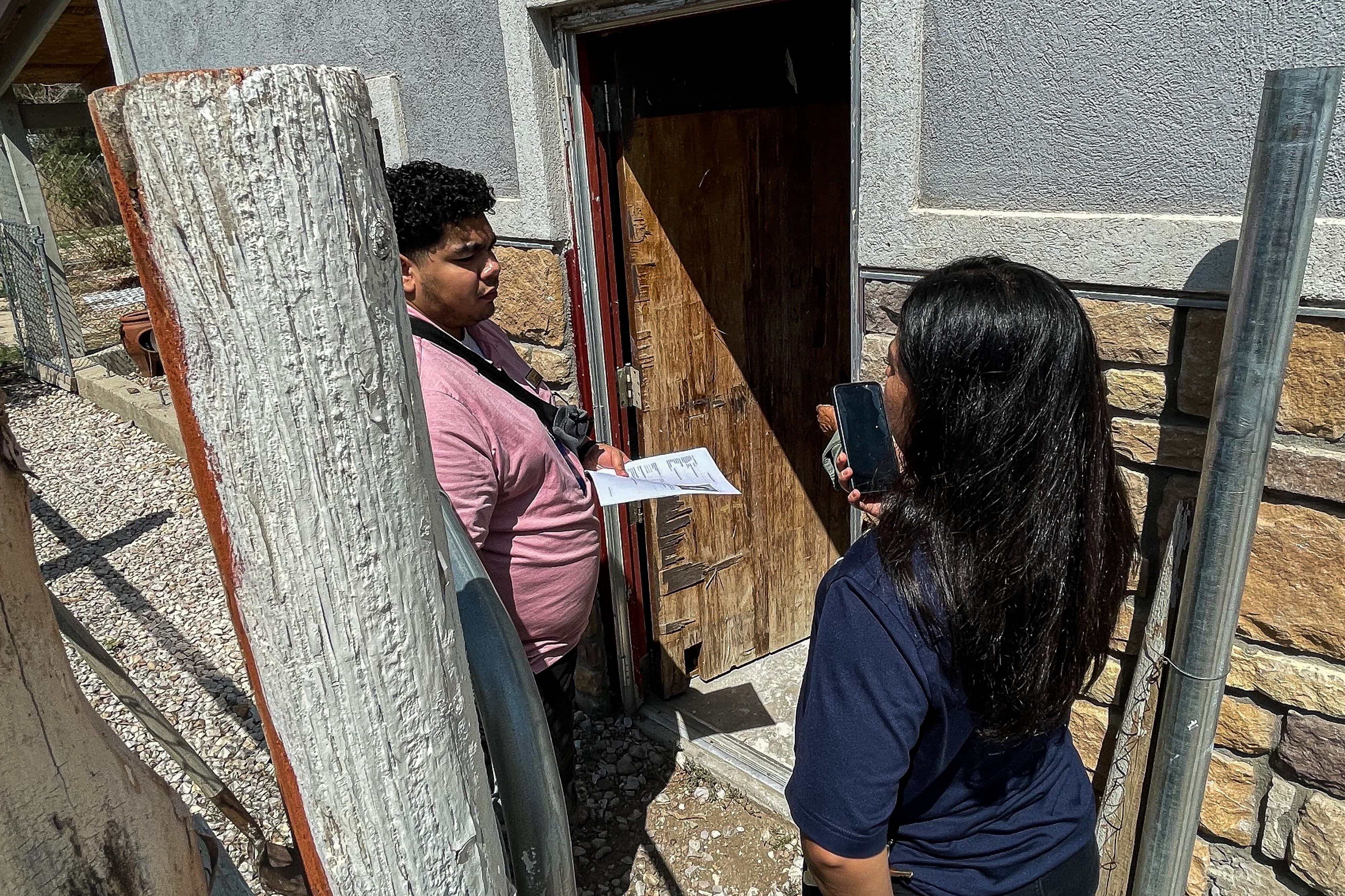Nearly a third of Colorado students were chronically absent last year, missing 10% or more of the days they were supposed to be in school, according to new state data released Wednesday.
That’s slightly better than the 2021-22 school year — when COVID’s omicron variant ripped through schools — but far worse than any year before the pandemic.
Colorado education leaders are sounding the alarm about the missed days, as student academic performance still hasn’t recovered to prepandemic levels.
“Every day a student is in school is an opportunity for them to learn, build relationships and access support,” Colorado Education Commissioner Susana Córdova said in a press release. “We know districts are working hard to ensure students attend school regularly. But we need everyone, including educators, parents, students and community members, to make a renewed effort on this important matter.”
“The surest way to make improvements in our recovery from the disruptions of the pandemic is for kids to be in school,” Córdova added.
Colorado’s chronic absenteeism rate was 31% last year, representing 269,582 students in kindergarten through 12th grade. Before COVID, rates ranged from 18% to 24%. Colorado is not alone, with most states reporting more students missing school.
Some groups had a greater share of students who were chronically absent. Kindergartners and 10th, 11th, and 12th graders all had chronic absenteeism rates above 35%. Roughly 40% of English learners missed too many days of school, as did 43% of low-income students and 60% of homeless students.
And the majority of absences — 62% — were excused.
Johann Liljengren, director of the dropout prevention and student re-engagement office in the Colorado Department of Education, said schools report a wide range of reasons students aren’t showing up to school. Expectations around health and wellness are different in the wake of COVID, and there’s more concern about not spreading illness to others. State education officials point to “how sick is too sick” guidance for when kids should stay home.
Some students report that they feel anxious or that they don’t feel safe at school. Others are disengaged or bored, and much of their schoolwork is now available online, even if instruction is supposed to happen in person.
School-based attendance workers and others who work with youth missing school describe teenagers sleeping in after working overnight shifts and elementary students who don’t make it to school because a parent is depressed or overwhelmed.
A few absences a month that don’t feel like much to a parent can add up over time.
And missing school can be a warning sign for future problems. Students who are chronically absent in middle school are more likely to drop out of high school, he said.
Liljengren said more schools are beginning to use attendance teams that go over data, reach out to families, and make home visits. The state, meanwhile, has some grants available to support that work and also points schools to organizations like Attendance Works, which provides free resources. The state has also convened a cohort of school district leaders to share information and learn from each other.
Liljengren stressed that schools need to give students a reason to show up.
“What are we really valuing about in-person or live lessons?” he said. “We are thinking about how we really draw students in.”
See district level attendance data here.
Bureau Chief Erica Meltzer covers education policy and politics and oversees Chalkbeat Colorado’s education coverage. Contact Erica at emeltzer@chalkbeat.org.






